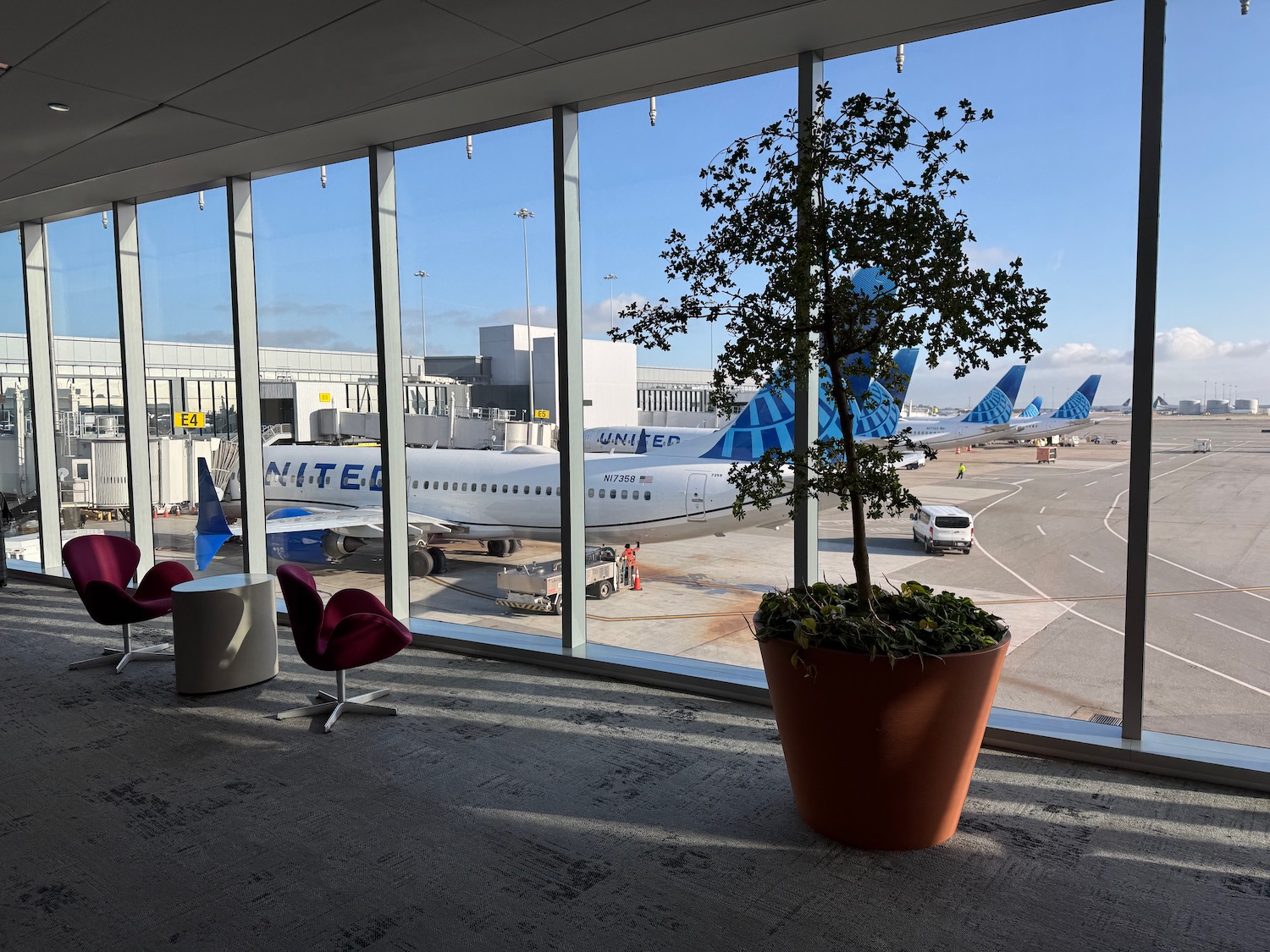
United Airlines is investing in San Francisco (SFO) with 20% more flying in 2025 than in 2024 and a terminal refresh program that will further reinforce United’s dominance at its West Coast hub, with hopes of creating a fortress.
United Airlines Dreams Of A Fortress Hub At SFO
United flies to 111 cities around the world from San Francisco and will offer approximately 300 daily flights this summer – the most since 2019.
Earlier this week, United announced its latest SFO longhaul flight to Adelaide, Australia, meaning United will service more Australian destinations nonstop from the USA than Australian flag carrier Qantas. United will also resume direct flights (via Hong Kong) to Bangkok and Ho Chi Minh City (a single 787-9 based in HKG will fly to both BKK and SGN each day).
By using aircraft with more seats, United is now larger in SFO than it was pre-pandemic, with capacity up 6% since 2019, and 20% versus last year (based on the number of seats available).
At an event in a United maintenance hangar in SFO yesterday, members of the C-Suite were on hand to talk about it, including:
- Scott Kirby, CEO
- Patrick Quayle, SVP Global Network Planning and Alliances
- Toby Enqvist, COO
Mike Nakornkhe, the City of San Francisco’s SFO Airport Director, also spoke.
The event included tours of a Boeing 787-9, an Airbus A321neo, and an Archer Midnight eVTOL.
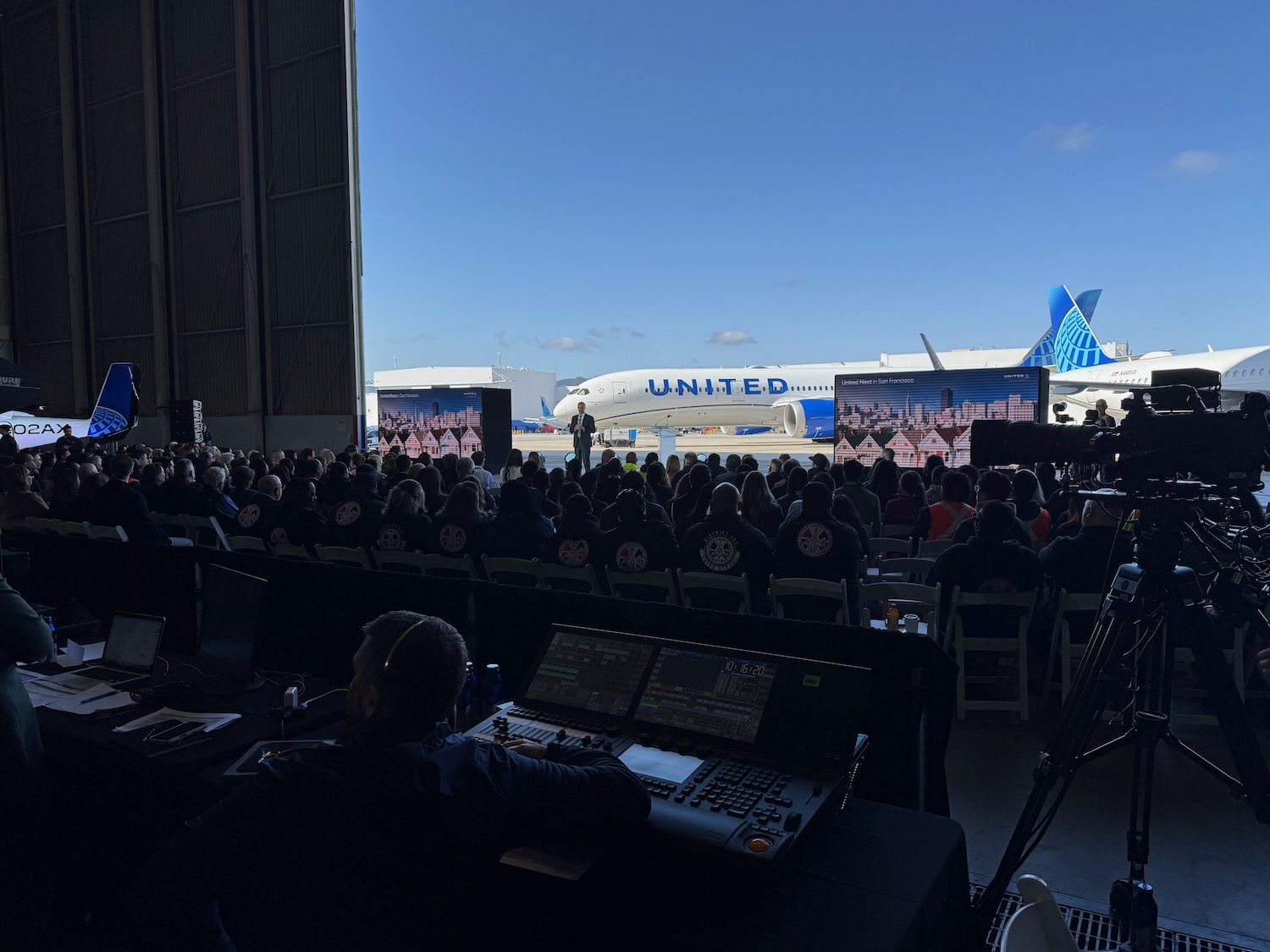

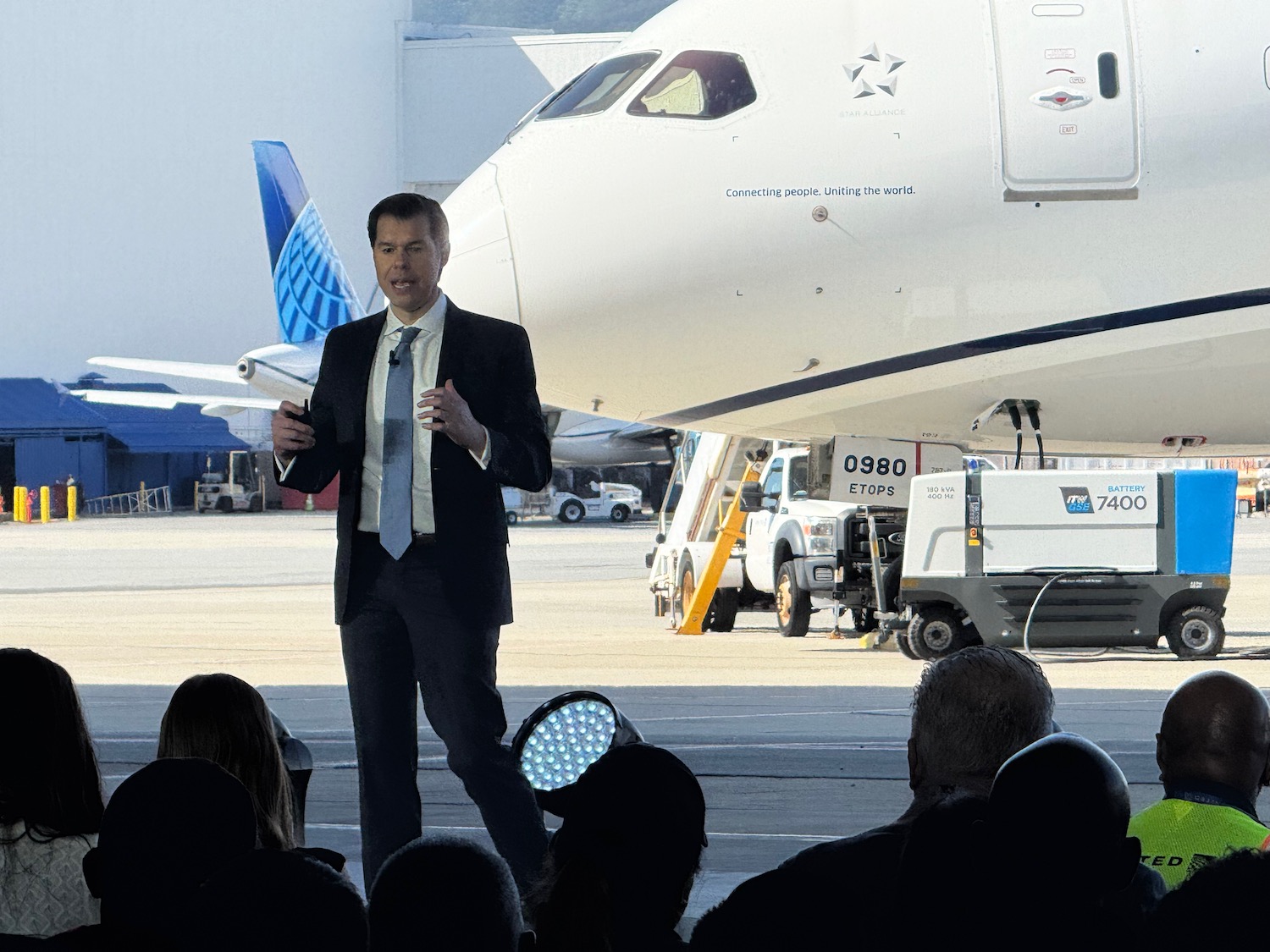
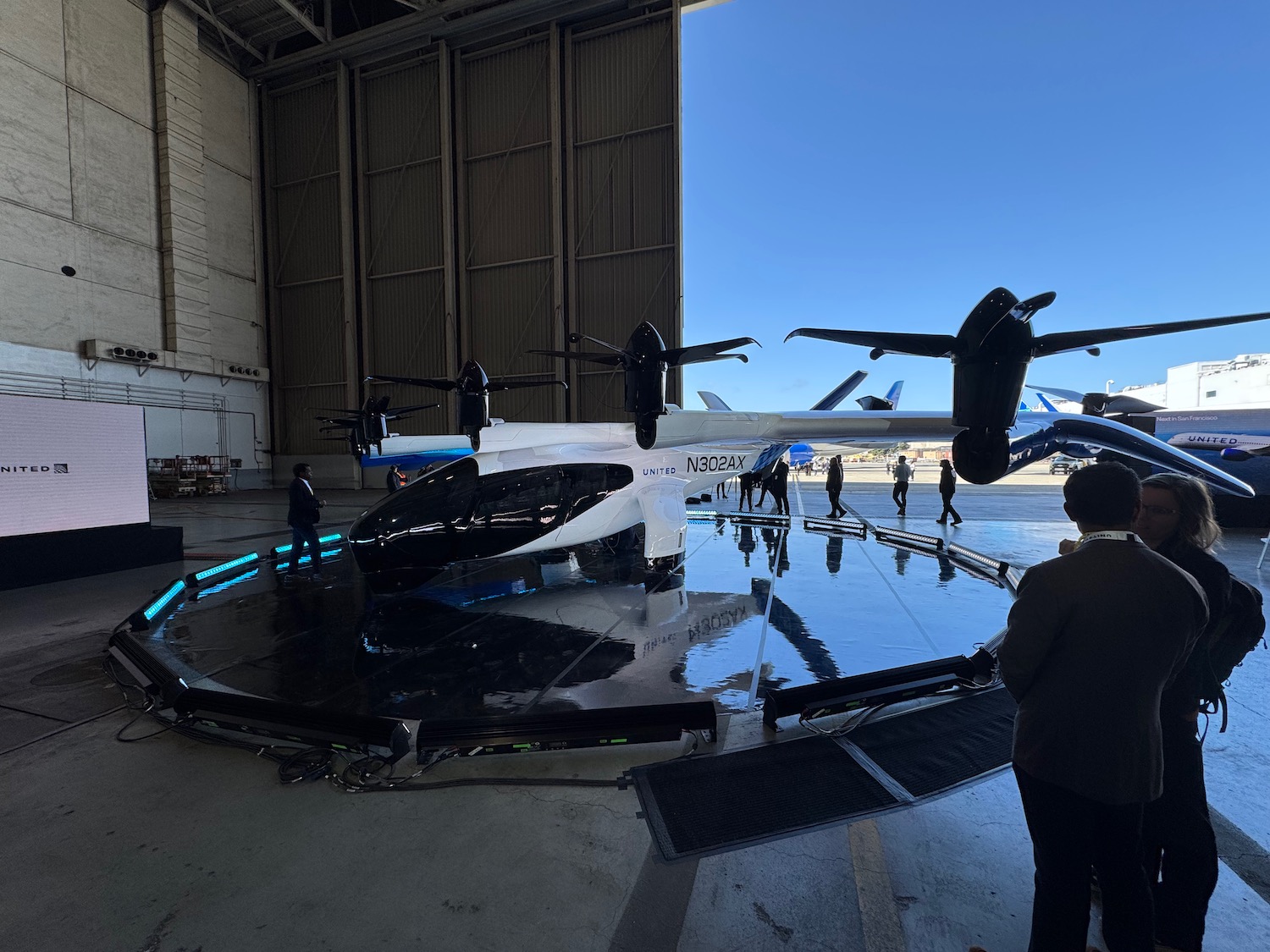

Here are some highlights:
- Per Quayle, SFO is United’s fastest-growing hub to Latin America, with new routes to Belize and Monterrey, Mexico added in 2024, and new flights to San Jose, Costa Rica and Panama City starting in May
- By summer, United will serve nine destinations in Latin America nonstop from SFO, the most of any carrier
- United is the only U.S. airline to serve Europe from SFO, with a peak schedule of 11 daily flights to eight destinations
- This summer, United’s SFO hub will have 4.5x more seats on flights to the Pacific than any other airline from any other hub in the US (United serves 17 different destinations in the Asia-Pacific region)
- Kirby said, “Our growth in SFO is a direct result of United’s ambitious network strategy, which has set us apart from the competition and cemented our status as the world’s largest airline” (as measured by Available Seat Miles and fleet size)
- Quayle added, “We continue to challenge ourselves every season when we announce new service to hidden gem cities around the world” and hinted at many more new routes to come
- The $2.6 billion Terminal 3 West Modernization Project will add more gates and new United Clubs
- United hired 1,600 employees at SFO in 2024 and plans to hire 1,200 more in 2025
(I have some personal observations as well about these types of gatherings, which I will share about tomorrow)
The point of all of this is that United sees more potential in the Bay Area both in terms of local traffic and as a connecting hub. Even in the face of tariffs (which Kirby appeared to embrace) and economic uncertainty, United is moving full-speed ahead with new destinations and new aircraft deliveries.
It’s striking to me that this investment is not concentrated in Los Angeles (where Delta Air Lines recently treated from Tahiti and American Airlines has greatly reduced longhaul flying), but making its largest hub even larger…and maybe even a fortress one day if its growth can keep outpacing others? That’s the “secret sauce” (to use one of Kirby’s favorite phrases) to profitability…Delta leads the industry in profit because it has built such a fortress in Atlanta (and also enjoys low operational costs there, an advantage it has over United). Operational concentrations foster profit centers and United wants to make its Bay Area hub even more profitable.
CONCLUSION
Recognizing the halo effect of a larger operation filtering into every aspect of customer perception of the carrier and its product, United’s decision to make its offering even more compelling in SFO strikes me as a wise use of resources.
And from a customer perspective, I’ve flown regularly out of SFO for two decades on United…we’re talking hundreds of flights. The terminal improvements cannot be understated: I may miss the bouncy walkways, but every time I fly into SFO it seems like the airport is getting better.
My concern is all of this could come crashing down in light of all the economic and political uncertainty of this period, but United has built something special at SFO and as a MileagePlus elite for two decades, I’ve seen it all happen…I’ve seen all the route additions, lounge additions, and technological innovations that are making customers “sticky” when it comes to flying United.



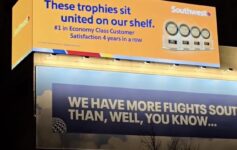
As of December, there was still a bouncy walkway in one of the underground connectors between T3 and short-term parking. It was pleasantly surprised – I thought they were all gone.
Indeed. I happily bounced on it just last week.
United has the best network in America. To make it better would be an exercise in fantasy, such as taking over American’s DFW operations and Delta’s ATL operations and adding some JFK flights. United used to have the best livery but its current one is passable. United has a bright future. Even its name sounds nice, not to mention its unbeatable theme song.
For several years, United was my #1 choice but now I am a free agent. (Delta was my #1 choice for many years even though I didn’t like it very much).
$2.6 billion in Terminal 3 renovations that excludes its aging centerpiece Boarding F gates 5-22 is mind boggling and a total head scratcher… UA should have taken full control of T-2 Boarding D (12 out of 14 contact gates) as a strategic move to support future growth and prevent AK from further expanding in T-2.
Fortress hub is > 70% by one carrier. United is about 45% of SFO’s passengers for 2024.
Fortress hub is not a precise term and I’d argue UA has one at SFO.
Economists have definitions for it – generally the point at which a single airline can exercise monopoly pricing power over a market. It’s generally around 70% – although it could arguably be a higher threshold for an airport in a multi-airport system. (Is EWR a fortress hub for UA? Sure – but can UA exercise fortress hub power over the NYC market? No.)
This isn’t even to mention that United doesn’t actually “own” any of the capacity at SFO. Domestic gates are reallocated annually. Unlike, say, Southwest with Hobby, United has no real ability to block other carriers from entering the market.
Another dimension is that most true fortress hubs are majority-connecting. This gives the hub carrier undue power because service at the airport is essentially dependent on the hub. Four out of every five SFO passengers is O&D.
Can United execute extraordinary pricing pressure on the market because of the network effects of its hub? Absolutely. But that’s a function of being a hub – not of being a fortress.
For the two primary reasons at the top (lack of supermajority control of capacity and lack of any control of airport resources), I would argue that United has a hub at SFO but not a fortress hub.
Thanks – really appreciate your consideration! I’ve been a fan of yours for a long time so I hope you don’t take my disagreement as anything but constructive and respectful!
I’m rather embarrassed, to be honest. I was not aware that word has a very specific meaning and appreciate you pointing it out. Now I know.
United is excelling in SFO and I think it is fully within reason for them to grow there and not LAX.
First, the Bay Area economy has a plethora of customer who are high income (think Tech, Finance and Law) who are local traffic.
Second, location – flights from SFO to Asia are generally shorter than from LAX (even a 30 min shorter flight can improve profitability)
Third, competition – United only competes against foreign carriers for long haul flights. While Alaska will remain as competition on short hauls, United does not face its rivals in SFO like it does in LAX.
Fourth, location – SFO is in the middle of the west coast which is ideal for connections, such as from Phoenix, Denver, San Diego and Sacramento.
Fifth, drivable alternatives. There are nearly no other alternatives in the region that has long haul flights. San Jose has proven that it cannot sustain long haul traffic (not even London). Differently, LAX has San Diego to the south who continues to attract long haul service and each addition gives origin customers additional options (Orange County)
United will continue to thrive in SFO, with the privilege of having a robust originating and transferring population to serve.
Is there a reason why they haven’t added Brazil yet? Distance? Not enough demand?
There is no open-sky type air service agreement between US and Brazil. Thus U.S. airline cannot add flight to Sao Paulo at will.
Create a fortress hub at SFO and then squeeze every last cent you can from anyone stuck flying there with you: you could argue that that’s both completely favoring or absolutely the antithesis of the American way.
Last summer, SFO airport had about 540 daily departures, and 240 flights were from UAL. If UAL wants to turn SFO into a true fortress hub, another 100 flights will be needed.
Mike Nakornkhe works for The City and County of San Francisco, he is the Director of SFO Airport, reporting to the Mayor
The problem I see with additional capacity at SFO is when any weather hits, especially fog. UA tends to delay short haul flights significantly when flow control is in effect, making connections to and from smaller airports such as SBA, SBP, BUR no fun.
Strange to mention BKK/SGN that will not really be connected to SFO (via HKG and with different flight numbers), but not even mention the biggest news that was the addition of a second daily flight to MNL! Only two years after the route was launched they will double seats to double daily 77W!
And AC launched its own service this week…a lot of demand for the Philippines.